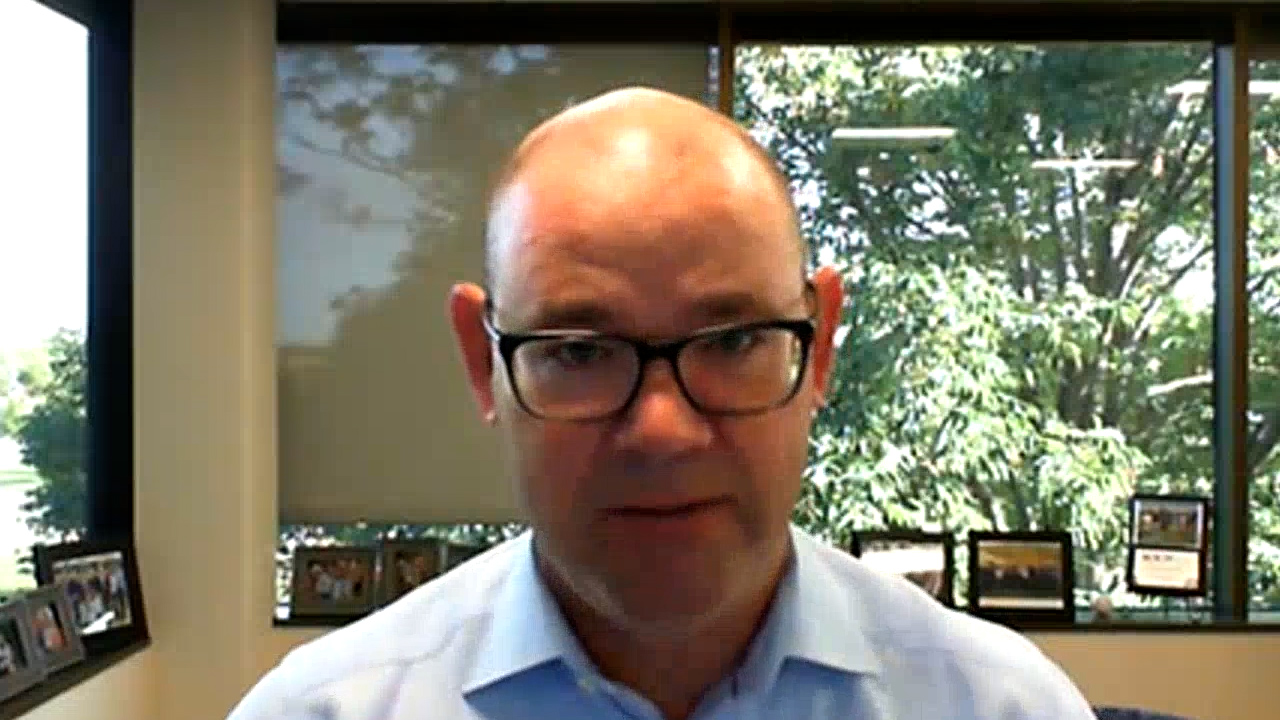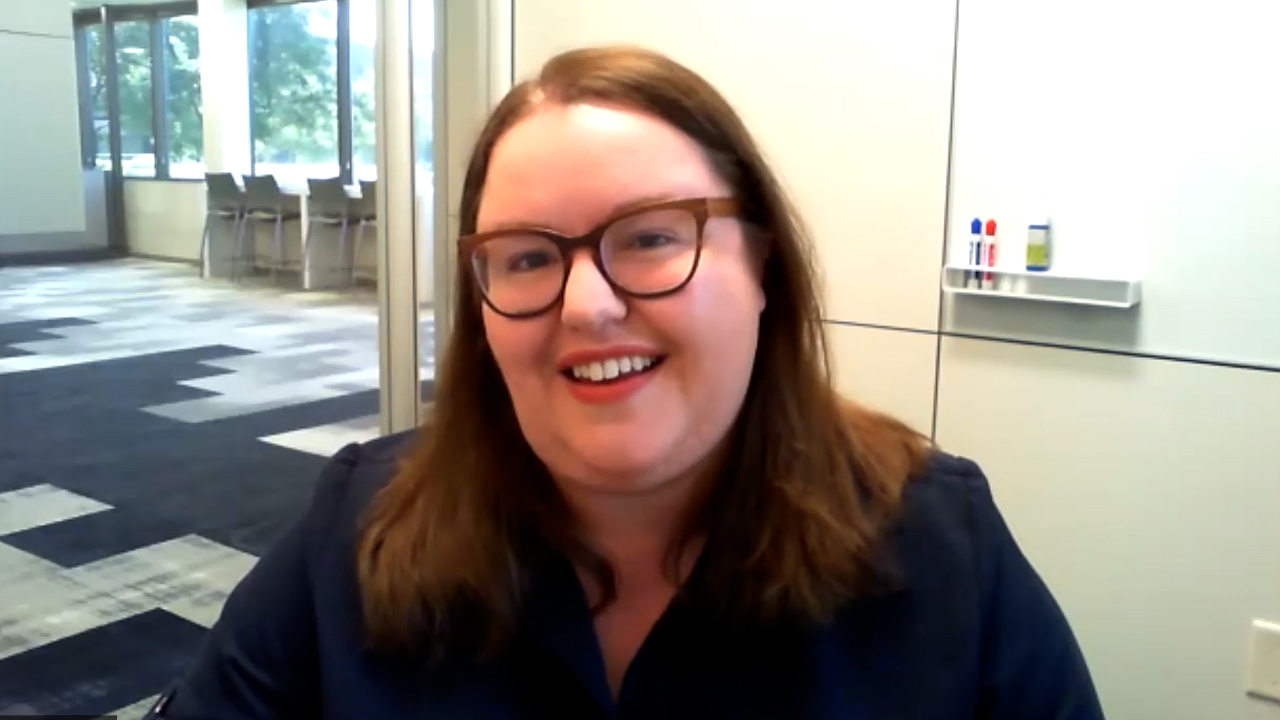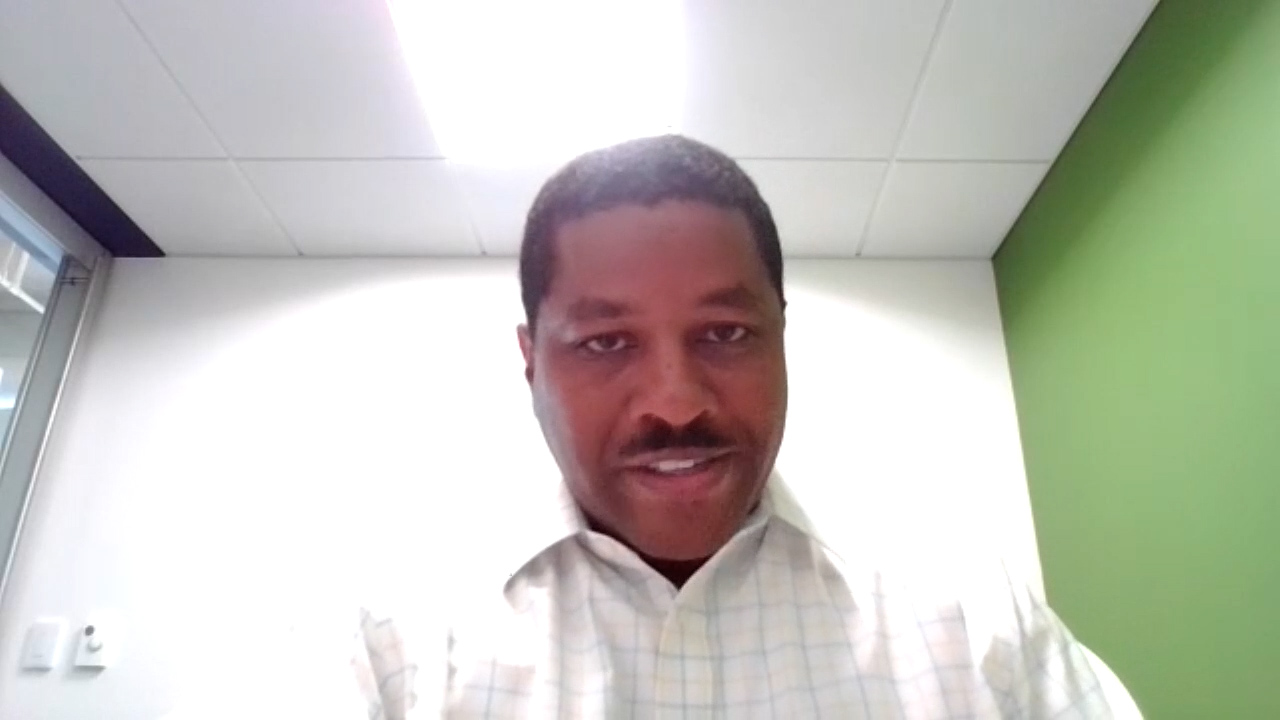The Transformation of Koch Legal
How Koch Legal transformed its vision to better contribute to Koch’s long-term success by applying principles such as mutual benefit, preferred partner, comparative advantage, self-actualize and experimentation.
In the summer of 2016, Koch’s legal capability found itself at a crossroad. It had seven separate teams, each with its own vision focused on owning the legal health of the company it served. This focus on “legal health” was a perverse incentive which caused attorneys to try and eliminate all risk and win every legal issue, even the most insignificant, instead of seeking mutually beneficial outcomes.
Today, the legal capability helps rather than hinders, making Koch a preferred partner. It no longer operates in silos; instead, it is leveraging expertise and knowledge across multiple companies. It is focused on applying risk-adjusted thinking to create far more value for the businesses it serves. Changes such as these created mutually beneficial outcomes and helped reduce Koch’s legal costs by more than $100 million a year.
Over the years, Koch’s legal capability had become more complex than it needed to be, and less effective and efficient than it could be. Koch businesses and leadership were questioning its cost and value in a rapidly changing business environment, in which requirements for the capability were increasing. Something had to change.
Leaders in the legal capability began asking for feedback on how to improve and better serve Koch as a whole. What they heard made them realize they needed a new vision, because the old one hindered legal’s ability to support its clients. This helped them become a preferred partner of their counterparties.
When counterparties were asked how Koch was to work with, their typical response was, “everyone else is great, but the legal department is very difficult.” Koch legal began to recognize that its focus on “legal health” was causing it to try to win every issue. This was hurting Koch’s brand. Legal began to change its focus to fighting only on those issues that were most important to Koch and agreeing to let the counterparty win those that were most important to them and less important to Koch.
Another problem was that the division of labor by comparative advantage wasn’t being applied. Employees were stuck in silos, unable to fully apply their knowledge and skills.
To fix this and transform, the new vision also needed to be based on increased collaboration and allowing talent to flow where employees could self-actualize and create the most value for Koch. It envisioned operating as a borderless team that applied comparative advantage to seamlessly deliver innovative, efficient and effective legal advice and solutions.
To accelerate this bottom-up transformation, employees worked with leaders and supervisors to understand what the new vision meant for the overall group and for them individually. Supervisors helped employees better align their roles and responsibilities with their aptitudes, skills and passions so they could increase their contributions.
This created an environment where transformation began to flourish.
Guided by this borderless vision, legal began experimenting with new ways to structure its capability. Christine Cason led the experiment to bring trademark and copyright team members together from different companies, creating one team that could leverage its specialized legal knowledge and expertise across Koch. “If you were a paralegal on the Georgia-Pacific (GP) team who had only supported GP brands, you now had the opportunity to work on other Koch brands. And paralegals on other brands could now work on GP brands,” said Cason, who became a Koch deputy general counsel. She worked with each new team member to adjust responsibilities based on their abilities and the needs of Koch. The goal was to have everyone in a role in which they would be able to best contribute.
It worked. The success of the experiment quickly spread. Kristin Westgard, a Koch deputy general counsel, worked with the various legal groups to improve litigation management. They created a leveraged litigation capability that gives team members the opportunity to develop and apply their skills and knowledge where most valued.
“For example, when we learned that someone at Molex had experience in complex contract disputes, we provided opportunities for him to use his knowledge across all of Koch’s companies.”
Legal also applied the principle of comparative advantage to overcome the legal industry’s limitations on who could do what, determined by degrees, hierarchy and bureaucracy.
Responsibilities for paralegals, contract managers, analysts and assistants were broadened so they had the opportunity to contribute more. Decisions about who worked on which projects became based on who was best able to perform various tasks at the lowest opportunity cost. “Shifting our perspective created much more opportunity,” said former assistant Rebecca Garner, who is now a Koch paralegal. “It increased our ability to contribute much more, instead of just doing what we’d always done.” As a contribution-motivated employee with the curiosity to learn new things, Rebecca made it easy for her supervisor to identify new opportunities.
To further advance the vision, a new capability within legal was created. This team introduced shared technology platforms and used data to identify and eliminate waste. Leaders sought employees who had a gift and passion for the type of data and analytic work required. Andre Hylton, who at the time was leading legal support for a unit of GP’s Consumer Products business, expressed interest and joined the team. Later, Andre was given the opportunity to lead the group. “We knew Andre had a sharp intellect and a lot of leadership potential,” said Tye Darland, general counsel at GP.
The team evaluated each of Koch’s numerous outside law firms, looking at rates, type of work, ratio of associates to partners, as well as performance. This process reduced outsourced legal work from hundreds of firms to a preferred partner panel of just 14 – resulting in a substantial improvement in both spending and quality of service.
"...And I wanted to be involved. That led to a series of unanticipated, but really exciting, developments in my career," said Andre Hylton who is now general counsel for INFOR.
As the legal capability group is learning, true transformation is never one and done – it is continual. No matter how well we are doing, things can always be improved. The old adage “if it ain’t broke, don’t fix it” is wrong. It leads to complacency, stagnation, and ultimately entropy.
“Although our borderless vison has taken us this far, we’re not done. Principle Based Management will enable us to discover what else is possible and make the next leap,” said Geoffroy.
Here are three ways you can apply this story’s lessons to your own transformation journey:
1. Take your group’s vision to heart: Use it to raise questions, challenge and continually look for ways to improve and contribute more.
2. Be proactive: Seek regular feedback from your supervisor and others. Ask how you can improve your performance and explore whether there are roles or responsibilities that would better fit your aptitudes, skills and passion.
3. Embrace and drive change: Be willing to try new things, learn from the results, and seek and act on the feedback you receive. You will be surprised what you can accomplish.


